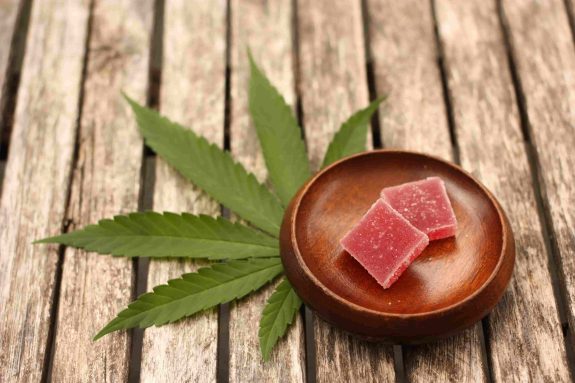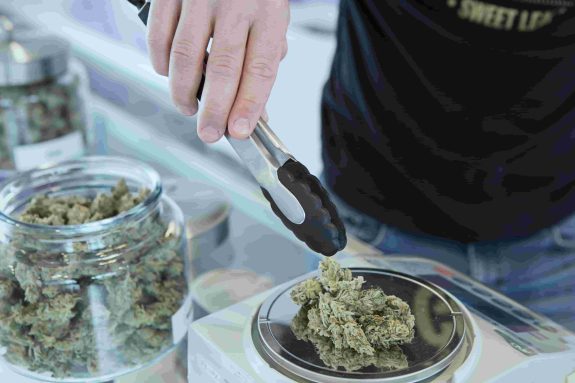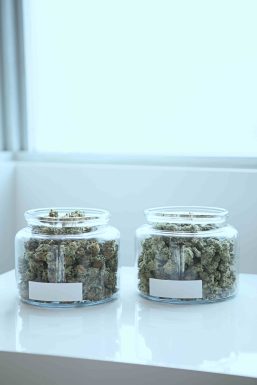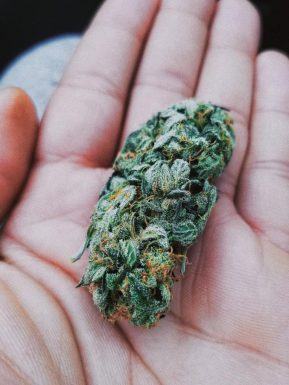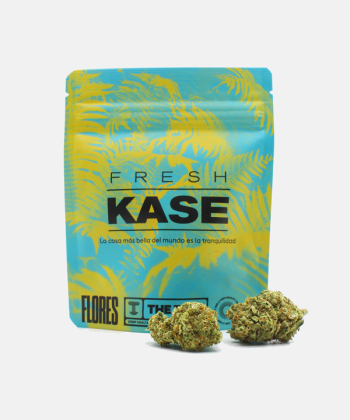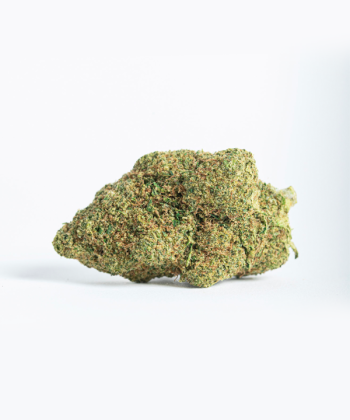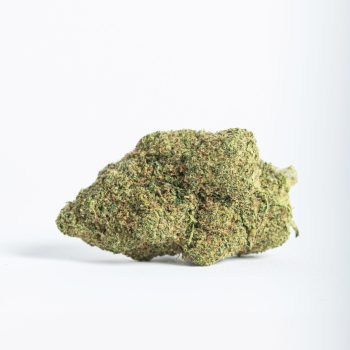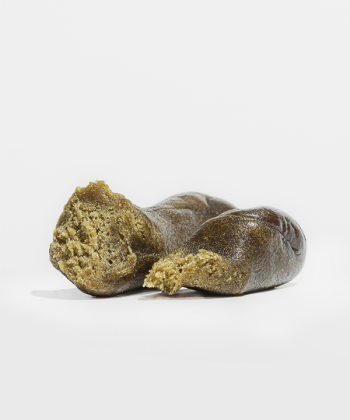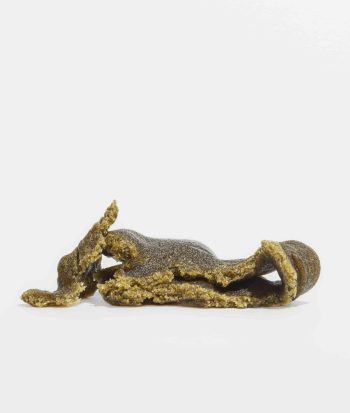
CBD for pain: what is the best option?

CBD can help treat various types of discomfort related to pain. There are special creams for recovery after sports, as well as many other products that can help soothe other kinds of pain, such as menstrual pain, joint pain, etc.
CBD for pain
According to the study by García, E. C., & Sánchez, J. P. E., published in 2006, some of the most well-known benefits of CBD are its analgesic and anti-inflammatory properties. This cannabinoid has become a popular ingredient in pain relief creams and this is no coincidence. CBD can help to alleviate many different types of pain, contributing to an improved quality of life for many people.
In ancient China, the cannabis plant was considered a medicine and was used to treat pain. These properties are therefore far from being something new and have been known for thousands of years. However, until recently it was not known that CBD was one of the cannabinoids responsible for this analgesic effect.
There are a number of CBD products that can help treat and relieve various types of pain. There are both balms for topical application directly to the affected area and oils for internal use.
Using CBD for muscle pain
CBD can help relieve muscle pain by providing quick relief, especially when applied topically. It may also help modulate the inflammatory response, thanks to its anti-inflammatory properties, as mentioned in studies such as that of García, E. C., & Sánchez, J. P. E., published in 2006. Therefore, it can not only help to treat pain, but also the cause of the pain if inflammation is involved.
The most common way to use CBD to relieve various types of muscle pain is by applying creams or balms. These products allow CBD to be applied directly to the affected area, resulting in a targeted effect in a very short time. Within just 20 minutes after application, you may begin to notice the first effects.
CBD creams and balms are often used by athletes, as they can reduce muscle and joint pain after long workout sessions. In addition, their anti-inflammatory and antispasmodic properties can help you relax quicker.

CBD for joint pain
Apart from being able to help treat muscle pain, CBD can also help people deal with joint pain. In these cases, the best administration method is still topical, or rather by applying creams with CBD designed to treat pain.
For this reason it’s also frequently used by athletes, as it can help to recover and soothe joints after a session of physical activity. In addition, studies suggest that it may help reduce pain caused by chronic joint diseases such as rheumatoid arthritis¹.
That said, we once again remind you that CBD products aren’t intended for the diagnosis, treatment, or curing of any disease. We recommend that you consult a doctor on a case-by-case basis, and follow the recommendations given to you by your medical specialist.
Other types of pain that CBD may help treat
Given its analgesic and anti-inflammatory properties, attributed in various studies such as that of García, E. C., & Sánchez, J. P. E., published in 2006, CBD can also help to relieve other types of pain where topical application isn’t suitable.
One of the most frequent uses in this regard is relief from menstrual cramps. Although research isn’t available on the subject, many users report relief from the discomfort associated with premenstrual syndrome when taking CBD oil.
Moreover, in a study by the University of Michigan published in 2021, they found that 72% of 878 fibromyalgia patients used CBD for the treatment of associated pain².
Another study, also published in 2021, found that patients with moderate to severe pain reported an improvement in their pain after three months of using a “CBD-rich treatment in a network of clinics in Quebec, Canada”, while there was no improvement among those with mild symptoms³.
Also, in 2015, a meta-analysis was published that found evidence for the potential use of CBD for inflammatory conditions, such as arthritis, ear infections, inflammatory bowel disease and inflammatory lung disease, among others. Ultimately, it concludes that human clinical studies are needed to validate these potential uses⁴.
However, it’s important to remember that these are studies and that, as explained above, CBD products aren’t intended for the diagnosis, treatment, or curing of any disease. We recommend that you consult a doctor on a case-by-case basis, and follow the recommendations given to you by your medical specialist.
How to take CBD to treat pain
As we explained in our CBD Consumption Guide, there are several administration methods suitable for this cannabinoid, apart from topical use. The ideal thing to do is to try various consumption methods until you find the one that best works for you.
However, please note that some forms of CBD consumption aren’t legal depending on the country you’re in, as explained on the page dedicated to CBD legislation.
In countries such as Luxembourg, Switzerland, or Italy, the legal framework allows CBD to be administered sublingually, orally, smoked, or inhaled. However, as The Tree CBD is a company based in Europe, we’re obliged to inform you that most of these uses aren’t legally permitted in the EU. We’ll explain the different ways to take CBD to treat pain, as well as its legal status in Europe.
Sublingual consumption of CBD to treat pain
A relatively fast-acting form of consumption is to take CBD sublingually. This consists of placing a few drops of CBD oil under the tongue and holding them there for about a minute. In this way, the CBD takes effect in about 15 to 20 minutes. Taking CBD oil sublingually isn’t legal in Europe.
Oral consumption of CBD to treat pain
Another administration method for this cannabinoid is oral consumption, which is essentially the ingestion of CBD oil. There’s a wide range of products for this consumption method, such as capsules, gummies or other sweets, beverages, CBD oil, etc. Consuming CBD in this way takes longer for the effects to be felt than with other methods, because CBD has to be digested in order to be metabolised. The ingestion of CBD isn’t legally regulated in Europe.
Inhaling CBD products to treat pain
Lastly, another way to consume this cannabinoid is by inhalation. While smoking flowers or resins isn’t allowed in Europe, which is considered improper use of the product, inhalation via e-liquids or disposable vape pens is. The effects of CBD are felt almost immediately with this form of consumption.
References
- Lowin, T., Tingting, R., Zurmahr, J., Classen, T., Schneider, M., & Pongratz, G. (2020). Cannabidiol (CBD): A killer for inflammatory rheumatoid arthritis synovial fibroblasts. Cell death & disease, 11(8), 1-11.
- Boehnke, K. F., Gagnier, J. J., Matallana, L., & Williams, D. A. (2021). Substituting cannabidiol for opioids and pain medications among individuals with fibromyalgia: a large online survey. The journal of pain, 22(11), 1418-1428.
- Rapin, L., Gamaoun, R., El Hage, C., Arboleda, M. F., & Prosk, E. (2021). Cannabidiol use and effectiveness: real-world evidence from a Canadian medical cannabis clinic. Journal of Cannabis Research, 3(1), 1-10.
- Burstein, S. (2015). Cannabidiol (CBD) and its analogs: a review of their effects on inflammation. Bioorganic & medicinal chemistry, 23(7), 1377-1385.

Frequently asked questions about CBD products for pain
How does CBD work against pain?
CBD can help to soothe various types of pain through various pathways. Firstly, CBD modulates the inflammatory response, so that by reducing inflammation, pain is reduced.
In addition, CBD has both local and general analgesic properties. In other words, it can be applied topically to the affected area, or taken if the pain is a more general pain or internal.
What is the right dosage of CBD for pain management?
The amount of CBD to be taken depends on various factors, such as the weight of the person, the concentration of the product, etc. This means that there’s no universal dosage of CBD suitable for everyone.
Our CBD dosage calculator allows you to find out the right amount of CBD to treat pain. Normally, for CBD to be able to help reduce pain, rather high doses would be recommended.
What's the best way to take CBD for pain?
The ideal way to take CBD for pain will depend on various factors, such as the type of pain, personal tastes, or even the legislation in the place we’re located.
For muscle or joint pain, the best administration method is topical. That is to say, applying a cream or oil containing CBD to the skin. This form of consumption is legal in countries where CBD cosmetics are sold and takes around 15 to 20 minutes to take effect.
For other types of pain, it’s more advisable to take CBD oil or inhale it using vape pens or e-liquids. However, it’s worth remembering that taking CBD oil orally or sublingually isn’t legal in Europe.
Vaping CBD using e-liquids or vape pens, however, is legally permitted, and this is the administration method that takes effect the quickest.
Featured CBD products

CBD dosage calculator

Find the best CBD product for you
More about CBD

Cannabis cream for pain: how and why to use it
Using cannabis cream for pain is becoming more and more common. The reason is very simple: just apply it to the painful area and wait a few minutes for it to take effect. In other words, it is a simple and effective product that can help us cope with certain types of pain.

The CBD lip balm that hydrates, nourishes and protects
Do you want to show off hydrated lips this summer? CBD can become your best ally during this time of year thanks to CBD lip

Sweet Touch: Your pack for Valentine’s Day
This Valentine’s Day is going to be very special thanks to the Sweet Touch pack. The Tree CBD and Naturel Desir have teamed up to





